
Lacquered, unlacquered, plated or antique finish brass?
You may have come across some of the above terms whilst researching your door furniture project & wondered what they all mean.
The main image is an unlacquered brass front door knocker that hasn't been polished for many a year.
As far as what we sell, it really only applys to our period reproduction items. The vast majority of our antiques will be unlacquered solid brass with the occasional electroplated item (taps are a good example) or an original applied finish.
We're always happy to offer some free advice, we also have a door furniture restoration service .
Lacquered or unlacquered?
Normally applies to brass, lacquered brass has a coating of clear lacquer so the brass retains its finish. This could be a polished, antique finish, brushed or satin. Depending on the amount of wear or weathering (if its outside) the lacquer may eventually break down, it tends to crack & darken or flake off. Sometimes this can be stripped and polished back to a shiny finish.
Unlacquered brass will tarnish and dull down over time, to keep it a shiny finish, it will need to be polished occasionally.
The image below is lacquered solid brass, the lacquer has failed and moisture has penetrated it.
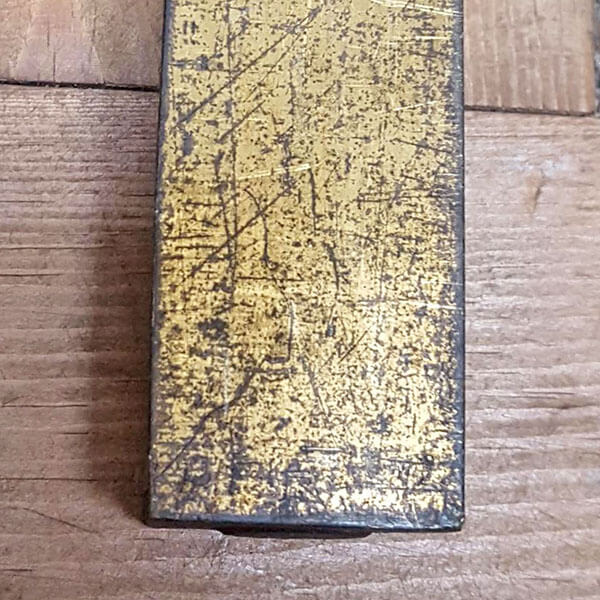
Plated brass
Brass is ideal to apply various plating finishes, the most common being chrome, nickel or copper. Generally, the term 'brass plated' refers to the electroplating process, rather than an applied finish (see next). It can be kept shiny using various metal polishes for the particular finish, it can be over vigorously polished off, so go careful. On things like front door furniture & taps it will eventually start to pit & wear showing the base material underneath.
The image below is a solid brass chrome plated tap, the chrome plating has dulled and worn. They are however 100yrs old.
If its sold brass not to worry, it can be replated, there are many Companys in the UK that offer replating services.
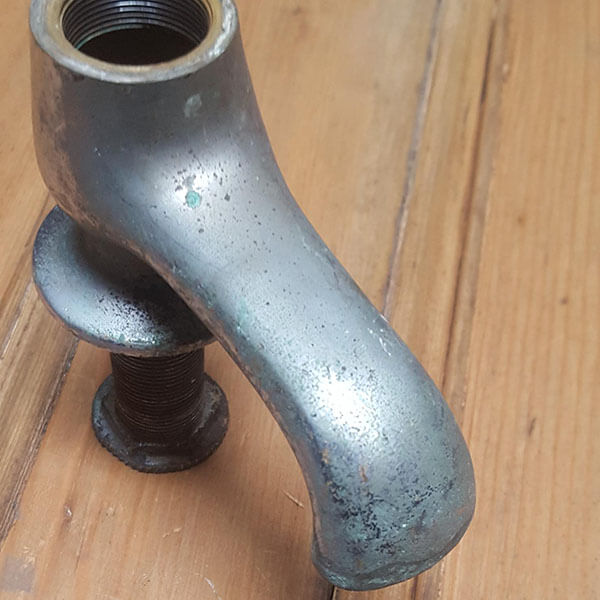
Other finishes
Some door furniture & hardware has a pre applied finish, this can range from various level of antique finishes & things like a copper finish. This isn't a modern technique, it was really popular in the early 1900s to have applied finishes. If you're unsure it's worth checking with the seller/manufacturer, generally applied finishes may well polish off with a vigorous polish.
The image below is one of our period beehive door handles. This has a hand applied antique finish & is unlacquered. The idea is to start the tarnishing/patina process. They can be hand polished back to shiny or part polished to keep some patina.
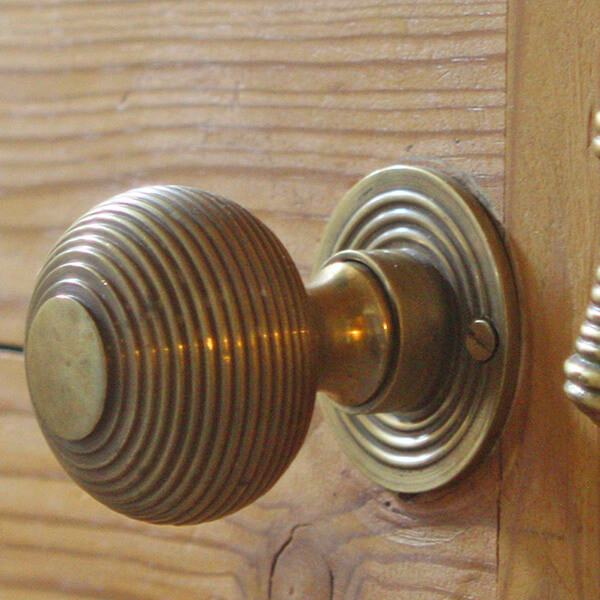
Lacquered
- Looks polished
- May eventually fail, crack or flake off
Unlacquered
- Requires occasional polishing
to keep shiny
- Can be left to tarnish
Electroplating
- Wide range of finishes
- Hardwearing
- Can be replated
Other finishes
- Wide range of finishes
- Can be polished off
Useful Pages

Instragram Feed from our workshop
Check out what antique items we're working on at our Bristol workshop.
Contact Us
Please contact us if you have any queries on our current stock or particular items you're looking for.
We also offer a door furniture & hardware restoration service. Use the contact box to let us know any of any projects you want advice or a quote on.
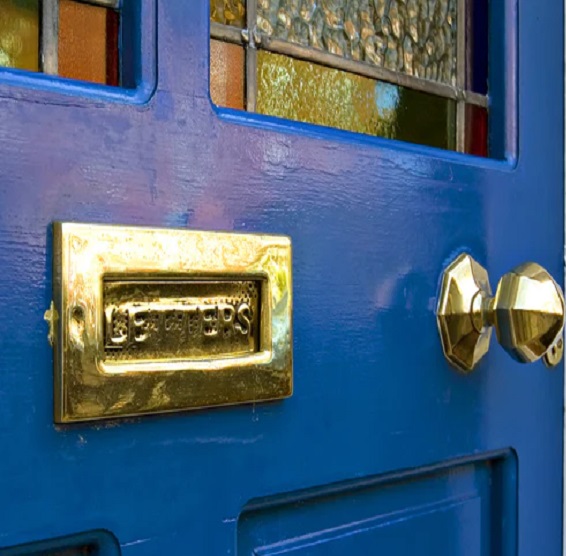
Choosing Period Front Door Furniture
The First Impression is really important, so here's our guide to choosing the right front door furniture for your period home.

Rim Locks, Mortice Locks - Left or Right Hand?
Right handed, left handed, dual handed - what does it all mean?
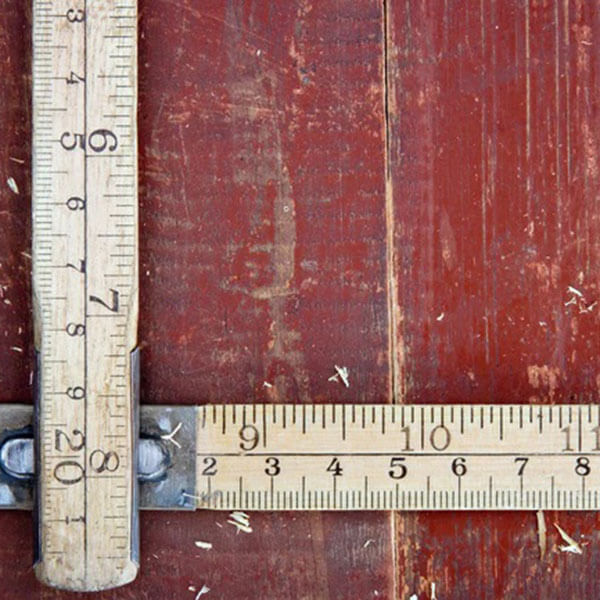
Fitting antique door handles & knobs
How to fit antique, period and reproduction door handles & knobs. A guide to fitting and using spindles, grub screws, sprung and unsprung lever door handles
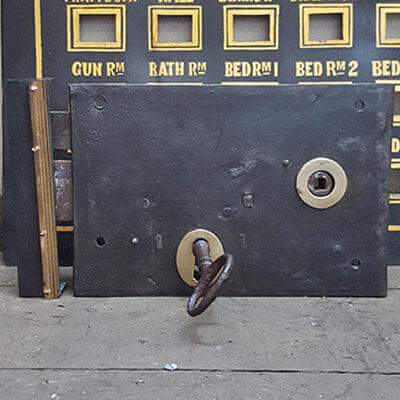

Add a comment